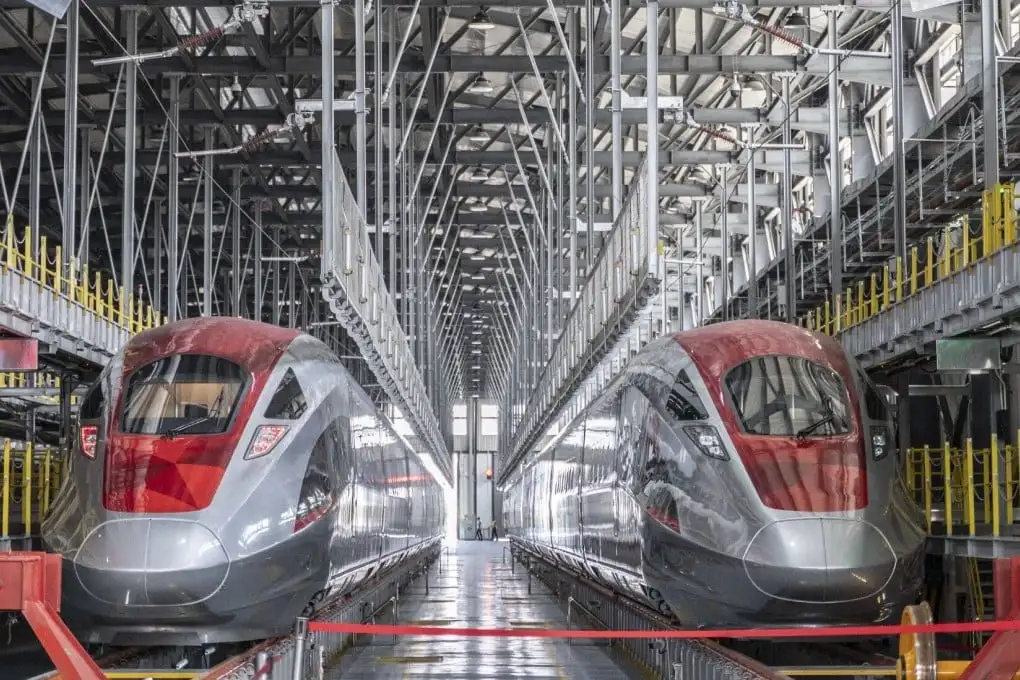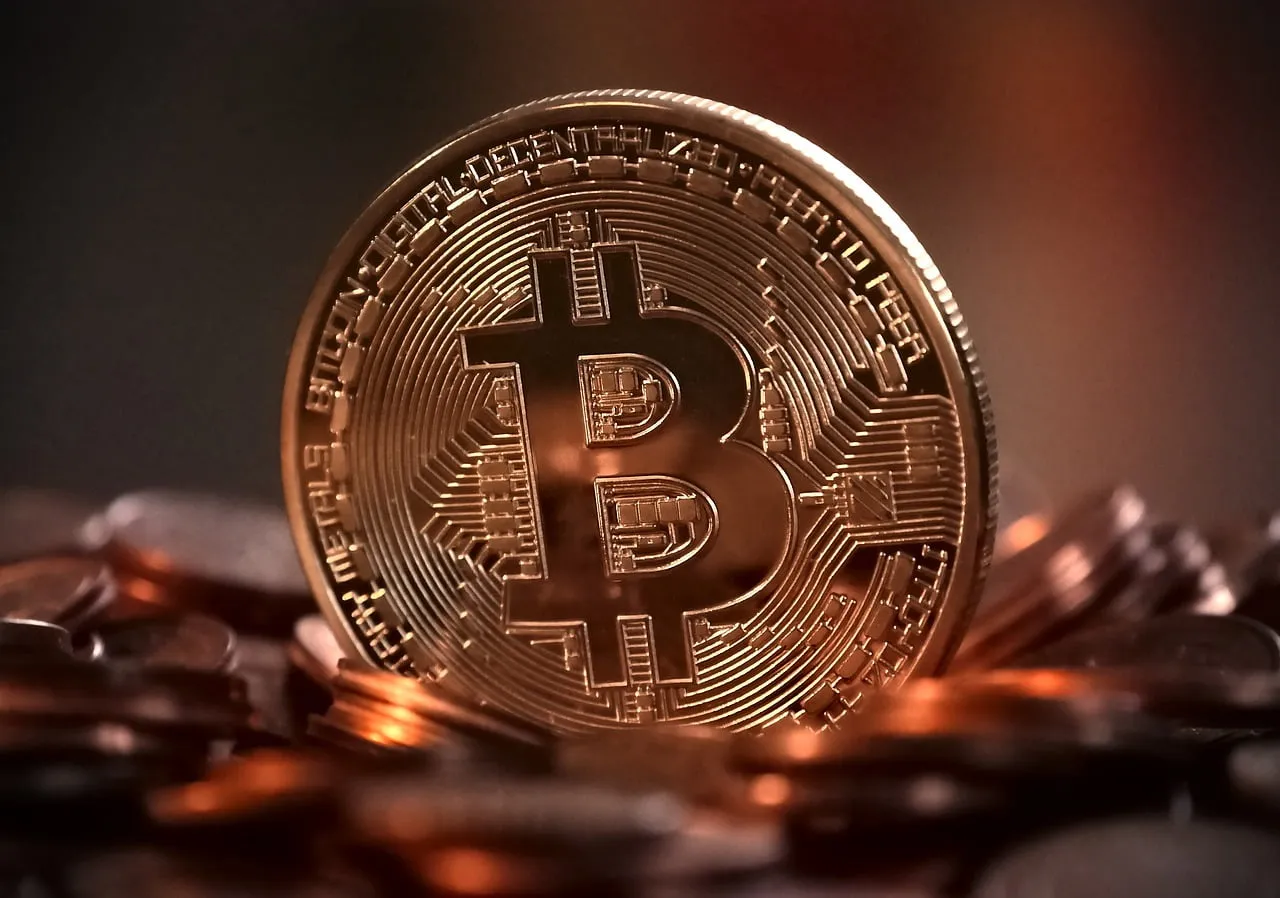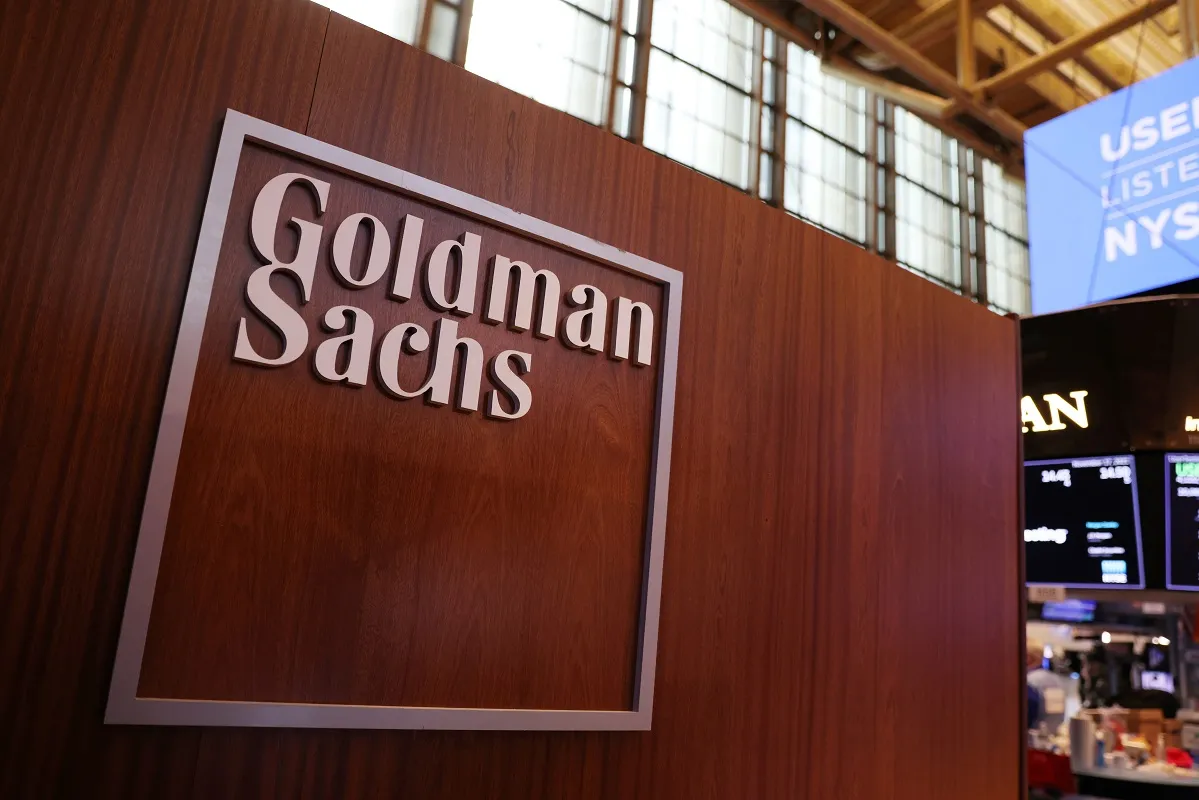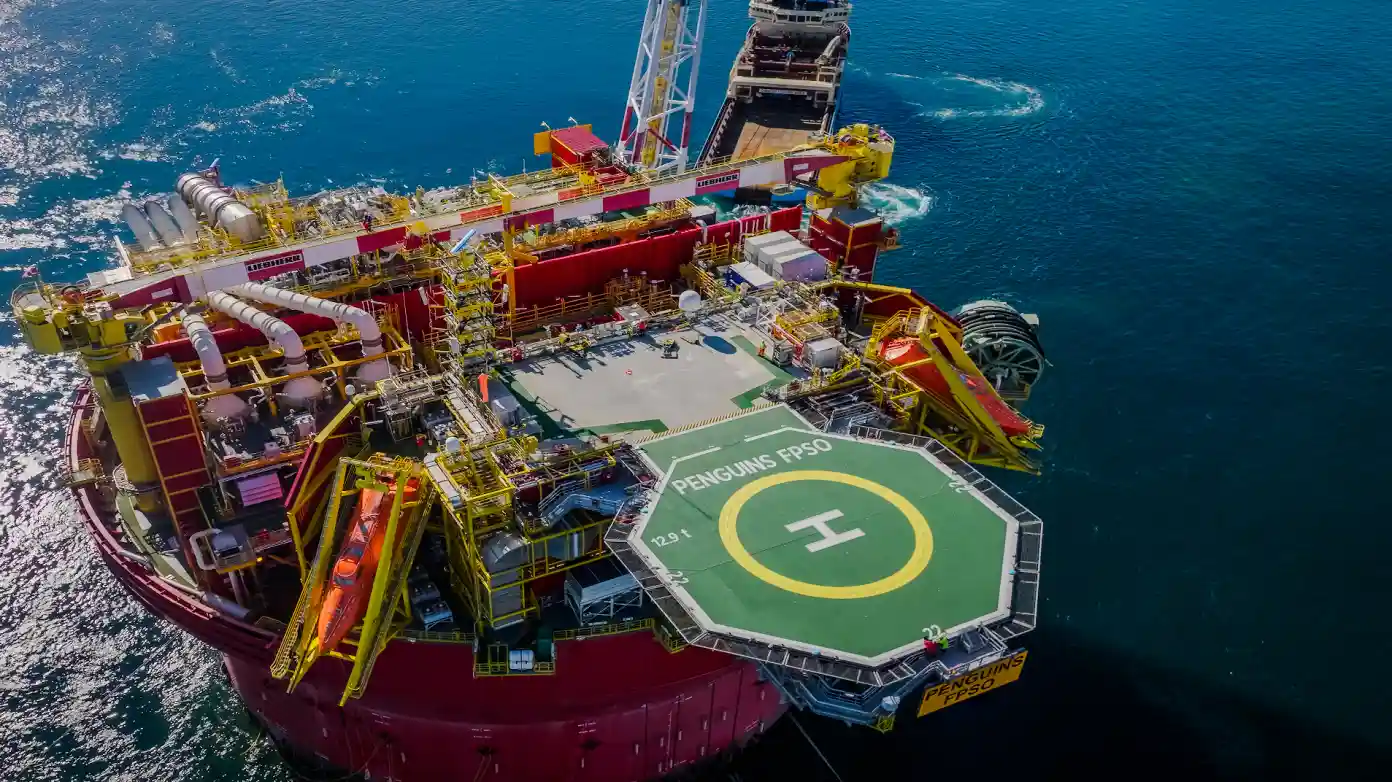China’s ambitious global infrastructure and investment initiative, the Belt and Road Initiative (BRI), has achieved an unprecedented milestone in the first half of 2025. New data reveals that total engagement has skyrocketed to an astounding USD 124 billion, marking the highest level ever recorded for a six-month period since the initiative’s inception. This surge signals a significant evolution in China’s approach to global development, shifting towards more strategic, high-value projects in critical sectors like energy, mining, and high-tech manufacturing.
The groundbreaking figures come from the latest China Belt and Road Initiative (BRI) Investment Report 2025, a comprehensive analysis authored by Professor Christoph Nedopil, the esteemed Director of the Griffith Asia Institute. Released today by Griffith University in collaboration with the Green Finance & Development Center in China, the report provides an in-depth look at the shifting dynamics of Chinese overseas investment.
Unpacking the Record-Breaking Figures: A Deeper Dive into BRI’s Momentum
The report meticulously details how Chinese entities have committed a staggering USD 66.2 billion in new construction contracts and injected USD 57.1 billion in direct investments across various BRI partner countries. This combined total of USD 124 billion not only surpasses any previous six-month record but also remarkably exceeds the entire annual engagement recorded for 2024, highlighting an accelerated pace of activity and a renewed commitment to the initiative.
Professor Nedopil emphasizes that this sharp escalation is not merely a quantitative increase but reflects a qualitative shift, driven by a deliberate focus on strategically vital sectors. “China’s record BRI engagement in 2025 reflects a renewed push into critical sectors such as energy, mining and high-tech manufacturing,” he stated. “What we’re seeing is China leveraging its industrial strengths to secure future competitiveness and supply chain resilience in a shifting global economy.” This statement underscores a pivot from broad infrastructure development to targeted investments designed to bolster China’s long-term economic and strategic interests.
The Strategic Pillars: Energy, Mining, and High-Tech Manufacturing Lead the Charge
The first half of 2025 has seen three sectors emerge as the primary drivers of BRI’s unprecedented growth: energy, metals and mining, and technology and manufacturing. These sectors collectively represent China’s strategic priorities in a rapidly evolving global landscape.
Energy Sector: Powering Growth and Securing Futures
The energy sector stands out as the undisputed leader, attracting a colossal USD 44 billion in deals. This substantial investment reflects China’s dual strategy: securing traditional energy resources while simultaneously championing the global transition to green energy.
Approximately half of this investment, or USD 22 billion, was channeled into oil and gas projects. The most notable of these is a monumental USD 20 billion gas processing park in Nigeria. While details on this specific 2025 project are emerging, it exemplifies the scale and strategic intent behind China’s energy investments, building on a history of robust China-Nigeria energy cooperation. Such large-scale ventures are crucial for ensuring stable energy supplies for China’s vast industrial base and growing domestic demand. For host countries like Nigeria, these projects promise significant economic benefits, including job creation, technology transfer, and enhanced energy infrastructure, though they also raise discussions around environmental impact and debt sustainability.
However, the surge in traditional energy investments is balanced by a significant push into green energy, which garnered USD 9.7 billion. This segment saw considerable investment in wind, solar, and waste-to-energy projects, leading to the installation of nearly 12 gigawatts (GW) of new clean energy capacity globally. This reflects China’s commitment to its own ambitious climate goals and its growing role as a global leader in renewable energy technology and deployment. From vast solar farms in the deserts of Central Asia to wind power installations along the coastlines of Southeast Asia, China is actively exporting its expertise and manufacturing capabilities in clean energy, as highlighted by recent reports on China’s green projects in the BRI. This dual approach in the energy sector highlights China’s pragmatic strategy of balancing immediate energy security needs with long-term sustainability objectives.
Metals and Mining: Fueling the Future of Industry
China’s engagement in the metals and mining sector broke all previous records, reaching an impressive USD 24.9 billion. This surge is particularly concentrated in aluminium and copper mining and processing projects, predominantly located in Central Asia. These investments are not random; they are deeply strategic. Aluminium and copper are fundamental to modern industrial economies, serving as critical components in everything from electronics and construction to electric vehicles (EVs) and renewable energy infrastructure. Central Asia, with its rich mineral deposits and strategic geographical position, has become a key focus for China’s resource security efforts, as explored in analyses of China’s mining investments in the region. By investing directly in mining and processing facilities in countries like Kazakhstan, China aims to secure reliable access to these vital raw materials, diversify its supply chains, and reduce its vulnerability to global commodity price fluctuations and geopolitical tensions. This proactive approach ensures a steady flow of materials essential for China’s advanced manufacturing sectors and its ambitious green transition.
Technology and Manufacturing: The Green and Digital Silk Road
The technology and manufacturing sector also saw a substantial influx of capital, with USD 23.2 billion in new investments. This includes significant ventures in cutting-edge areas such as EV batteries, solar photovoltaic (PV) technology, and green hydrogen production. These investments are closely aligned with China’s long-term industrial policies, such as the strategic push towards high-tech manufacturing and innovation. The global race for dominance in green technologies is intensifying, and China is positioning itself at the forefront through BRI. For instance, Chinese EV battery makers are rapidly expanding globally, and the nation’s green hydrogen plans are moving at “breakneck speed”. By establishing manufacturing bases and research and development facilities in partner countries, China is not only expanding its industrial footprint but also fostering a global ecosystem for these future-defining technologies.
The Growing Influence of Private Companies in BRI Financing
A notable and increasingly prominent trend highlighted in the report is the rising involvement of private Chinese companies in BRI projects. Firms such as East Hope Group, Xinfa Group, and Longi Green Energy are now leading high-value investment projects, particularly in the first half of the year. This marks a significant shift from the earlier phases of BRI, which were predominantly driven by state-owned enterprises (SOEs). This increased private sector participation indicates an evolution in BRI’s financing model. Private firms often bring greater efficiency, market-driven approaches, and a stronger focus on commercial viability. Their involvement can also help diversify the financial risks associated with large-scale infrastructure projects, potentially addressing some of the criticisms previously leveled against the initiative regarding debt sustainability in partner countries. This shift suggests a more mature and diversified BRI, where market forces play a more substantial role alongside state-backed strategic objectives.
Regional Hotspots: Africa and Central Asia Emerge as Top Destinations
Geographically, the first half of 2025 saw Africa and Central Asia emerge as the primary beneficiaries of China’s surging BRI investments, underscoring their strategic importance in the initiative’s evolving landscape.
Africa: A Continent of Growing Partnership
Africa received an impressive USD 30.5 billion in BRI investments, a nearly fivefold increase compared to the same period last year. This dramatic rise solidifies Africa’s position as a key partner in the BRI, building on decades of robust China-Africa relations. Beyond the energy and mining sectors, Chinese investments in Africa span a wide array of infrastructure development, including railways, ports, roads, and digital infrastructure. Projects like the Standard Gauge Railway in Kenya or the Addis Ababa-Djibouti Railway are emblematic of China’s commitment to improving connectivity and facilitating trade across the continent. The significant increase in 2025 suggests that both sides are finding ways to navigate these complexities, with a continued emphasis on mutually beneficial outcomes and a growing focus on sustainable development, as discussed in analyses of China’s evolving BRI in Africa.
Central Asia: The Heart of the New Silk Road
Central Asia followed closely, attracting USD 25 billion in BRI investments, including major projects in Kazakhstan. This region holds immense strategic importance for China as a crucial land bridge connecting China to Europe and the Middle East. Rich in natural resources, particularly oil, gas, and critical minerals, Central Asia is vital for China’s energy security and industrial supply chains. Beyond mining, investments in Central Asia often focus on improving transport corridors, such as railways and highways, that form the backbone of the “New Silk Road.” These projects facilitate trade, enhance regional connectivity, and support the development of logistics hubs. The digital Silk Road, another facet of BRI, also sees significant investment in Central Asia, aiming to build robust digital infrastructure and foster digital economic cooperation. The deep engagement in Kazakhstan, a major regional player, highlights China’s commitment to strengthening economic ties and fostering stability in its western neighborhood, as detailed in updates on China’s BRI in Central Asia.
The Evolving Nature of the Belt and Road Initiative
Professor Nedopil’s observation that “The BRI is evolving” captures the essence of the initiative’s current trajectory. The report indicates a strategic shift towards “fewer—but much larger—projects focused on long-term strategic returns, particularly in critical minerals and clean technologies that will underpin future industries.” This signals a move away from the initial phase, which often involved numerous smaller-scale infrastructure projects, towards more integrated, high-impact ventures.
This evolution aligns with the concept of a “High-Quality BRI,” a narrative China has increasingly promoted in response to international criticisms, particularly those related to “debt-trap diplomacy.” By focusing on larger, more commercially viable, and strategically important projects, China aims to enhance the sustainability and long-term benefits of its investments. There’s also a growing emphasis on environmental and social standards, with efforts to incorporate green principles and local community engagement into project planning and execution, though challenges in implementation still exist. This refined approach seeks to ensure that BRI projects are not only economically beneficial but also environmentally sound and socially responsible.
Cumulative Impact and Future Outlook: Navigating Global Headwinds
Since its inception in 2013, the Belt and Road Initiative has amassed a colossal cumulative engagement exceeding USD 1.3 trillion. This monumental figure encompasses a vast network of infrastructure development, trade facilitation, and investment partnerships spanning over 150 countries across Asia, Africa, Europe, and Latin America. The BRI has fundamentally reshaped global trade routes, fostered new economic corridors, and significantly enhanced connectivity on a scale previously unseen.
Looking ahead, the report forecasts stabilized engagement levels in the second half of 2025. This suggests that while the first half saw an extraordinary surge, the latter half might see a more measured, yet still robust, pace of investment. The continued strong interest in renewables, advanced manufacturing, and digital infrastructure is expected to persist, reflecting China’s sustained commitment to these strategic areas.
However, the BRI operates within a complex global environment marked by economic headwinds and geopolitical uncertainty. Inflationary pressures, supply chain disruptions, and escalating geopolitical tensions (such as trade disputes and regional conflicts) pose significant challenges. Despite these obstacles, China’s diversified approach, strategic focus on critical sectors, and emphasis on bilateral agreements appear to be enabling the BRI to navigate these complexities. The initiative’s adaptability and its evolving priorities, particularly the pivot towards green and high-tech sectors, are crucial for its resilience in an unpredictable world.
In conclusion, the first half of 2025 marks a pivotal moment for the Belt and Road Initiative. The record-breaking investment figures, coupled with a clear strategic shift towards high-value, future-oriented sectors and increased private sector participation, underscore BRI’s enduring significance as a driver of global economic development and a key instrument of China’s foreign policy. As the world continues to grapple with economic shifts and geopolitical realignments, the BRI stands as a testament to China’s long-term vision for a more interconnected and interdependent global economy.
Ready to take your career to the next level? Join our dynamic courses: ACCA, HESI A2, ATI TEAS 7 , HESI EXIT , NCLEX – RN and NCLEX – PN, Financial Literacy!🌟 Dive into a world of opportunities and empower yourself for success. Explore more at Serrari Ed and start your exciting journey today! ✨
photo source: Google
By: Montel Kamau
Serrari Financial Analyst
17th July, 2025
Article, Financial and News Disclaimer
The Value of a Financial Advisor
While this article offers valuable insights, it is essential to recognize that personal finance can be highly complex and unique to each individual. A financial advisor provides professional expertise and personalized guidance to help you make well-informed decisions tailored to your specific circumstances and goals.
Beyond offering knowledge, a financial advisor serves as a trusted partner to help you stay disciplined, avoid common pitfalls, and remain focused on your long-term objectives. Their perspective and experience can complement your own efforts, enhancing your financial well-being and ensuring a more confident approach to managing your finances.
Disclaimer: This article is for informational purposes only and does not constitute financial advice. Readers are encouraged to consult a licensed financial advisor to obtain guidance specific to their financial situation.
Article and News Disclaimer
The information provided on www.serrarigroup.com is for general informational purposes only. While we strive to keep the information up to date and accurate, we make no representations or warranties of any kind, express or implied, about the completeness, accuracy, reliability, suitability, or availability with respect to the website or the information, products, services, or related graphics contained on the website for any purpose. Any reliance you place on such information is therefore strictly at your own risk.
www.serrarigroup.com is not responsible for any errors or omissions, or for the results obtained from the use of this information. All information on the website is provided on an as-is basis, with no guarantee of completeness, accuracy, timeliness, or of the results obtained from the use of this information, and without warranty of any kind, express or implied, including but not limited to warranties of performance, merchantability, and fitness for a particular purpose.
In no event will www.serrarigroup.com be liable to you or anyone else for any decision made or action taken in reliance on the information provided on the website or for any consequential, special, or similar damages, even if advised of the possibility of such damages.
The articles, news, and information presented on www.serrarigroup.com reflect the opinions of the respective authors and contributors and do not necessarily represent the views of the website or its management. Any views or opinions expressed are solely those of the individual authors and do not represent the website's views or opinions as a whole.
The content on www.serrarigroup.com may include links to external websites, which are provided for convenience and informational purposes only. We have no control over the nature, content, and availability of those sites. The inclusion of any links does not necessarily imply a recommendation or endorsement of the views expressed within them.
Every effort is made to keep the website up and running smoothly. However, www.serrarigroup.com takes no responsibility for, and will not be liable for, the website being temporarily unavailable due to technical issues beyond our control.
Please note that laws, regulations, and information can change rapidly, and we advise you to conduct further research and seek professional advice when necessary.
By using www.serrarigroup.com, you agree to this disclaimer and its terms. If you do not agree with this disclaimer, please do not use the website.
www.serrarigroup.com, reserves the right to update, modify, or remove any part of this disclaimer without prior notice. It is your responsibility to review this disclaimer periodically for changes.
Serrari Group 2025












